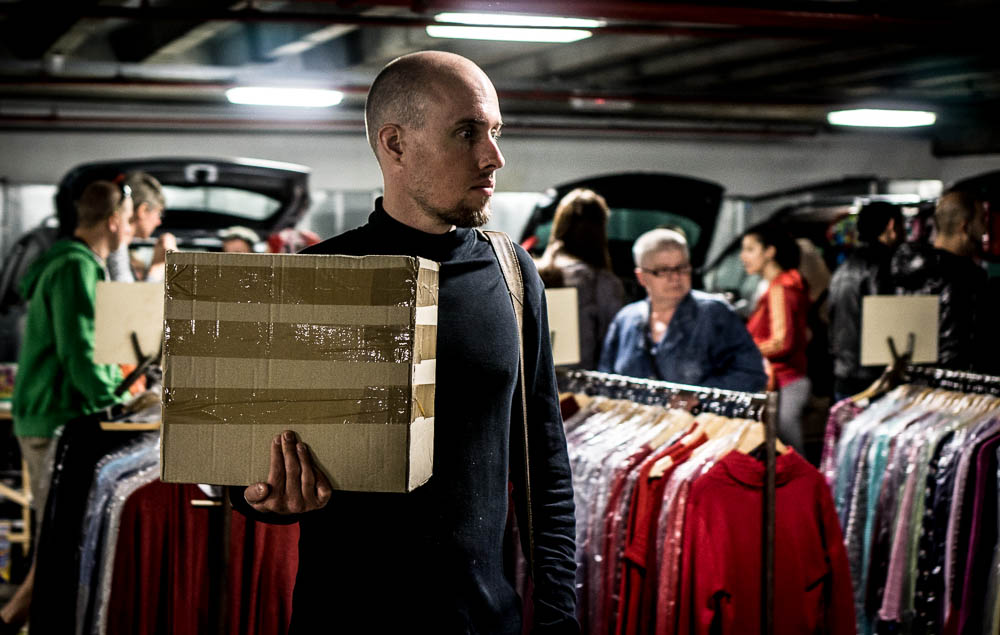I have been unbelievably fortunate to meet some amazing musicians whilst working for Electronic Sound Magazine. Up and coming stars like Karin Park and LoneLady as well as synth pop God Gary Numan, but the most personally affecting one for me was Vince Clarke from Depeche Mode, Yazoo and Erasure.
Growing up in the eighties my music of choice was acts like New Order, Pet Shop Boys, Depeche Mode and Erasure. All synth pop titans. So it was an absolutely pleasure to be asked to go to Vince Clarke’s Brooklyn home to take pictures for an article about his collaboration with Paul Hartnoll of Orbital.
When Neil Mason from ES mag contacted me he said we would be going into Vince’s Synth Dungeon and he wasn’t wrong. Wood panelled and completely fitted to house dozens of synths and other electronics, it was quite a sight. A table sat in the middle with his computer on and lots of spot lights all around, it really couldn’t have been a more perfect setup to shoot one of my musical heros.
If you’ve read the other blog posts about how I approached shooting the other artists for Electronic Sound you’ll know they are a mixture of pure terror and completely flying by the seat of my pants. This time I was more prepared.
The writer I was working with was Mat Smith (documentaryevidence.co.uk) and I asked him if this time he could do the interview before we take the pictures. The reason for this was on previous shoots I’ve usually hung around after I’ve taken the pictures and listened to the writer speak to the artist and for some reason (probably because I’m not yet that skilled at warming up my subjects) I’ve felt that after listening to them answer some questions about their work, I could take much better pictures of them.
So this time I sat and listened while Mat talked to Vince. It was also a good opportunity to take come pictures of the synths and of his conversation with Paul Hartnoll who was on Skype.
The other thing I did differently was bring my personal photography style much more to the forefront. I’ve been shooting people in bright sunlight against dark backgrounds in Manhattan and I really wanted to see how I could, in some way, replicate that in a studio setting. I showed Vince my work and we switched off all the lights and just used a small studio light I’d brought with me and tried to get a similar result. It was somewhat successful, I suffered from the usual problem is trying to do everything way too quickly and not purposefully slowing myself down. I feel like the subject is getting really bored but I completely forget that someone like Vince Clarke has sat in many photography studios and me taking twenty minutes instead of ten is no sweat. This is key in my next shoot.
The experience was fantastic, the shots were good and it was amazing to meet the architect of so much of my favourite music. I’d love to do it again and take a lot more time over it, but that’s all part of the learning process.
Get your copy at electronicsound.co.uk




































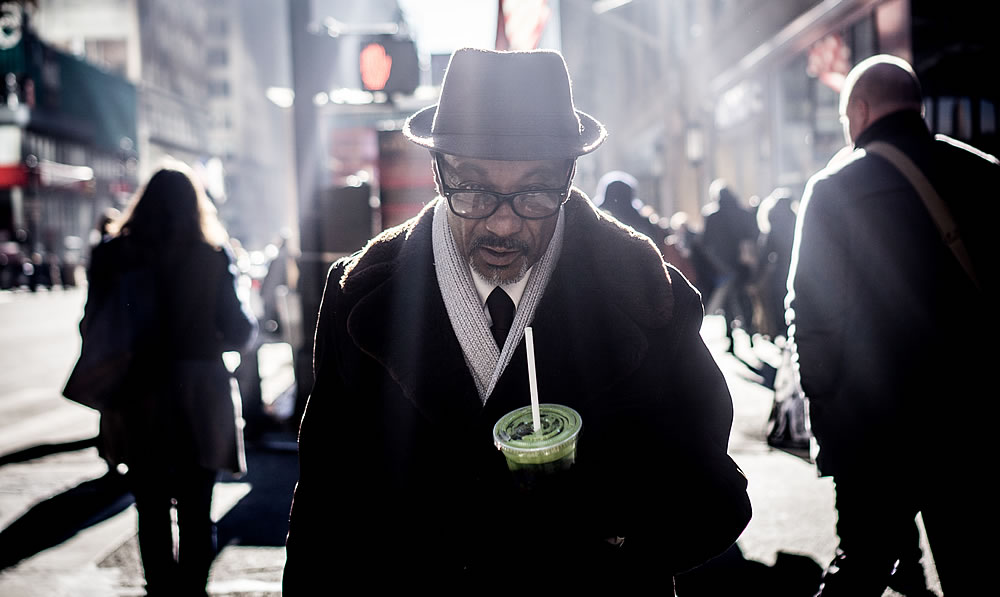
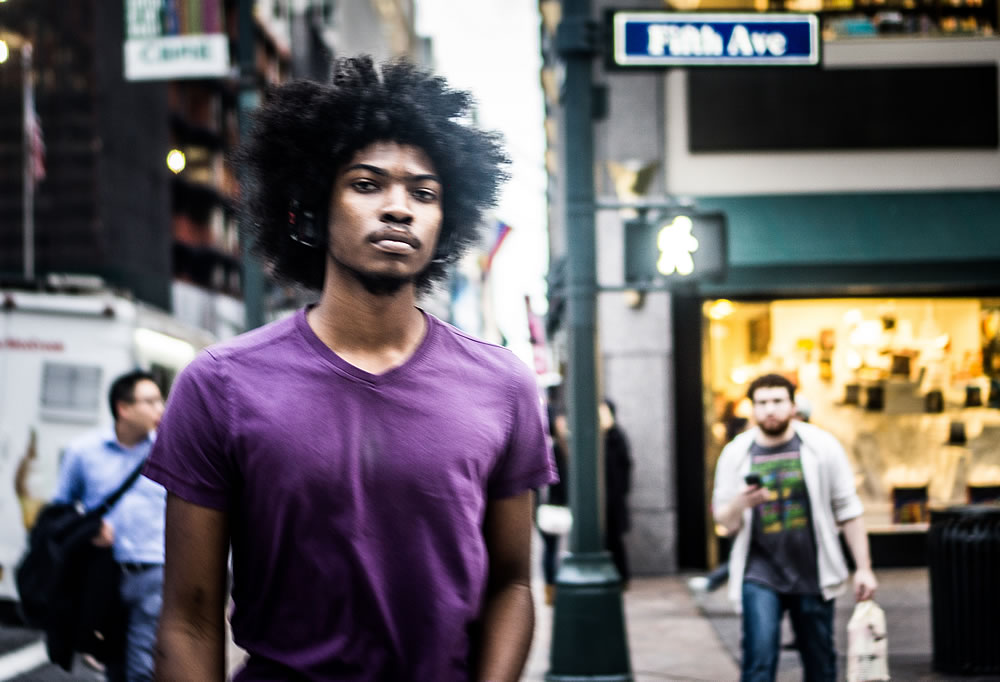





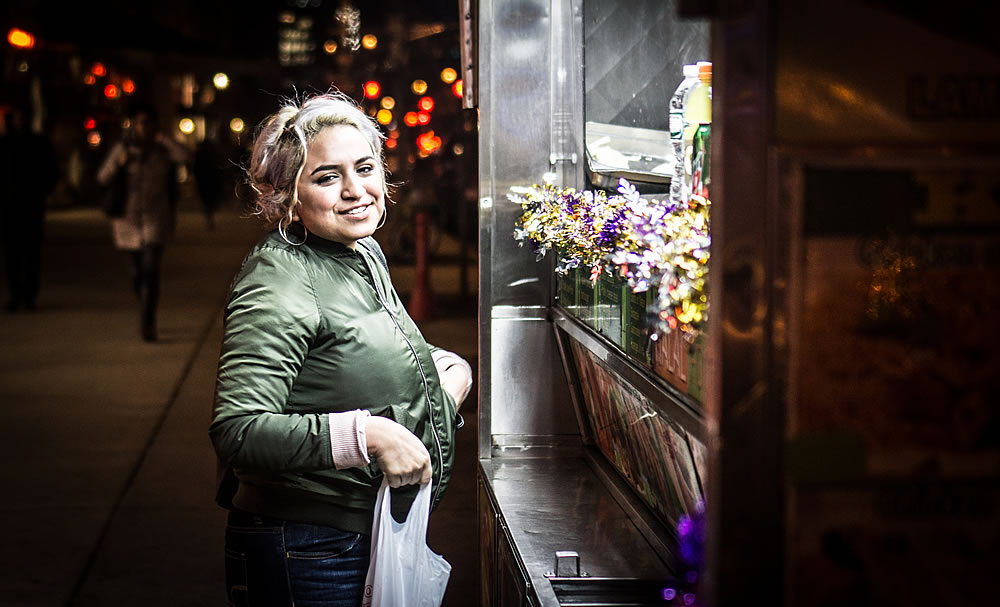













































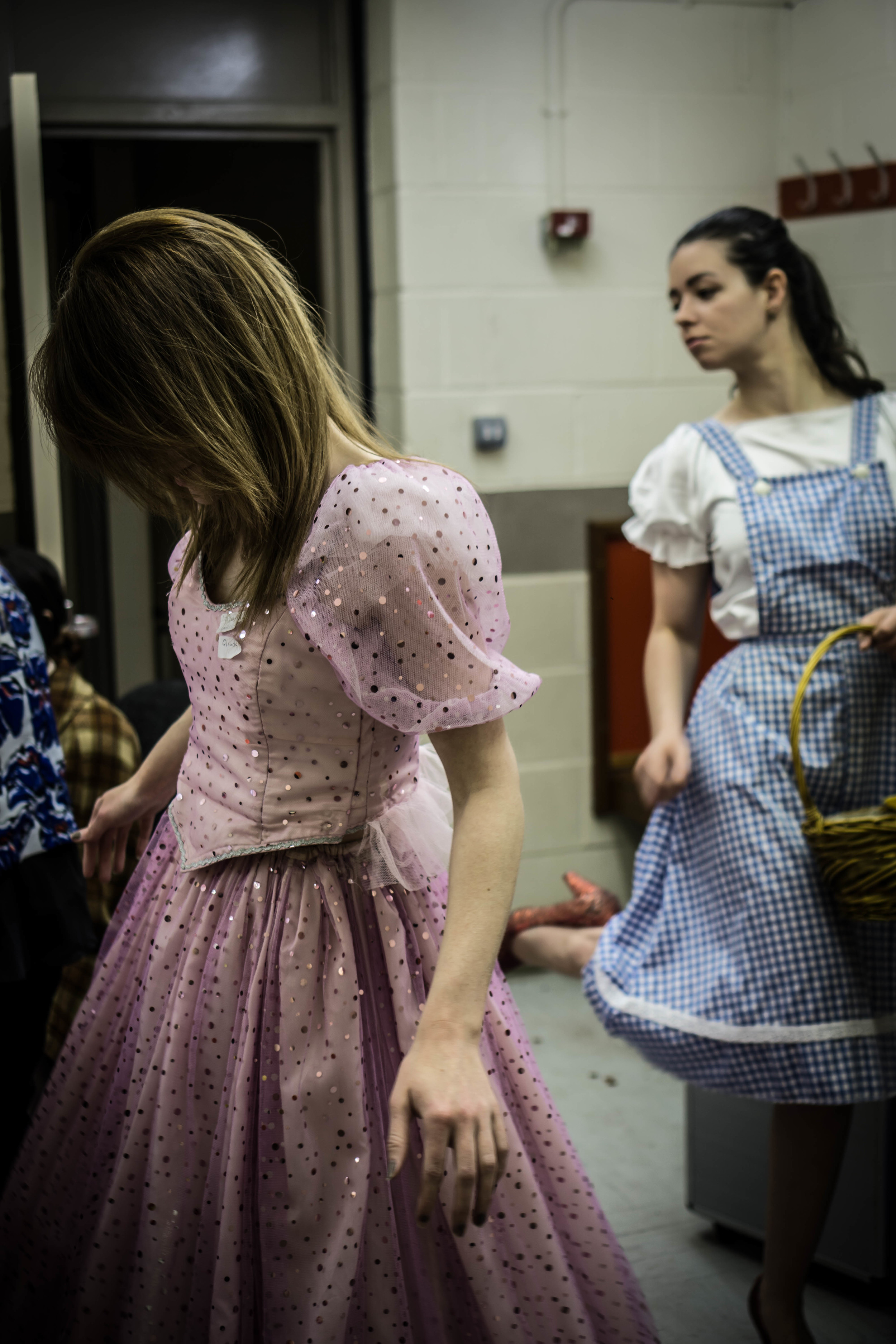








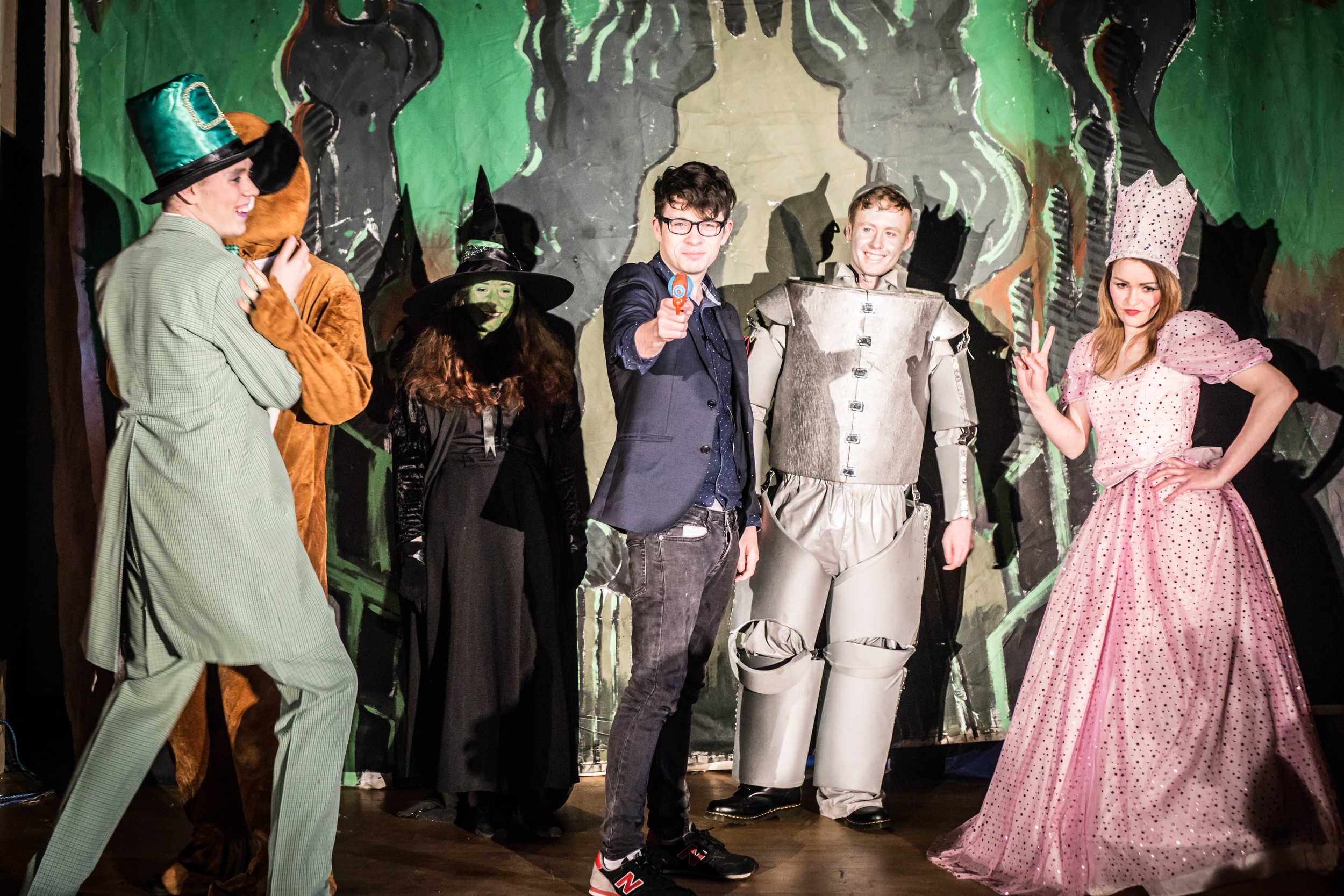








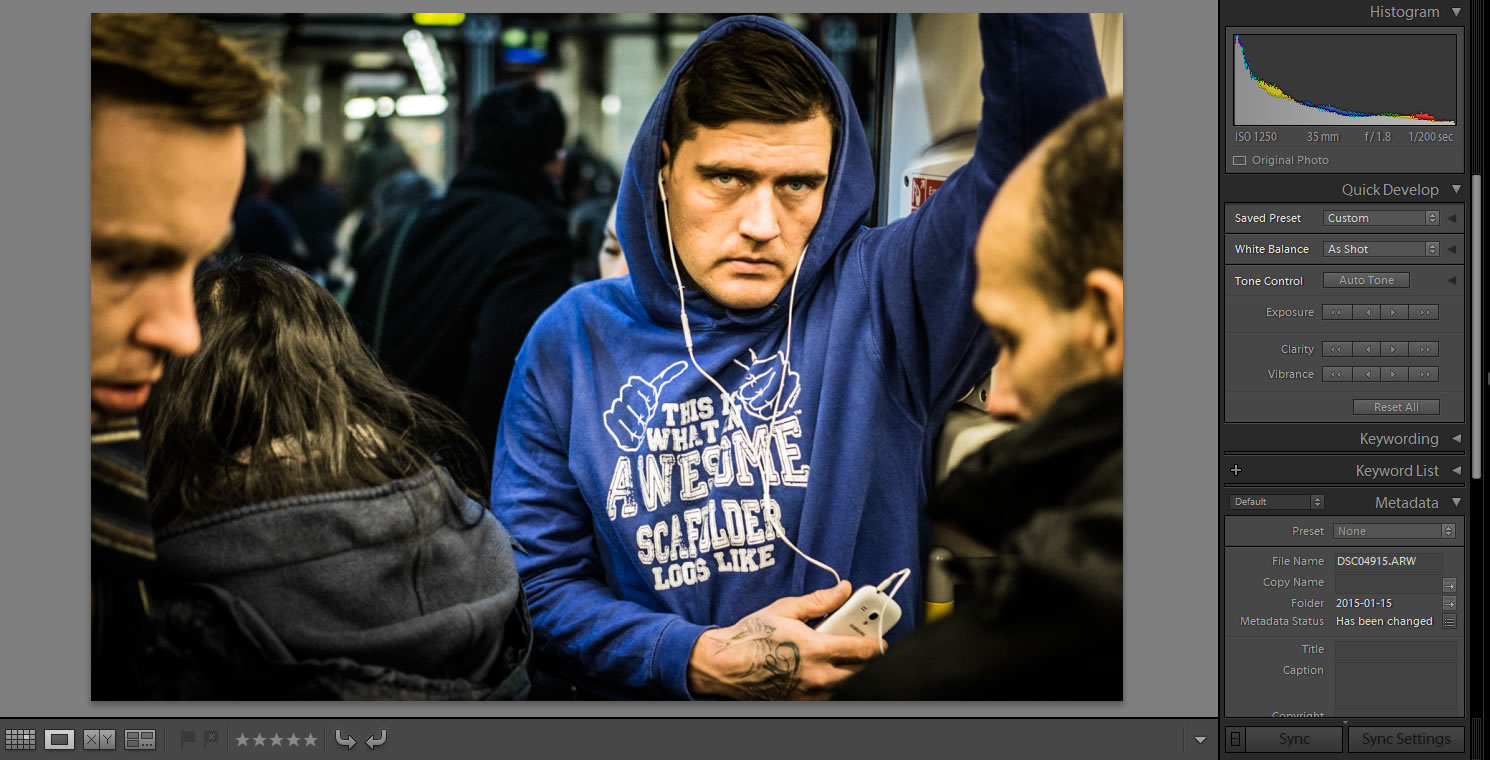























 I’ve been going to the Edinburgh Omni-centre Car Boot Sale every Sunday for about 5 months, in that time I think I must have taken hundreds of pictures but at the start of August I felt that I had come to a natural and logical close to the project.
I’ve been going to the Edinburgh Omni-centre Car Boot Sale every Sunday for about 5 months, in that time I think I must have taken hundreds of pictures but at the start of August I felt that I had come to a natural and logical close to the project.







